Wild travel in Danube Delta
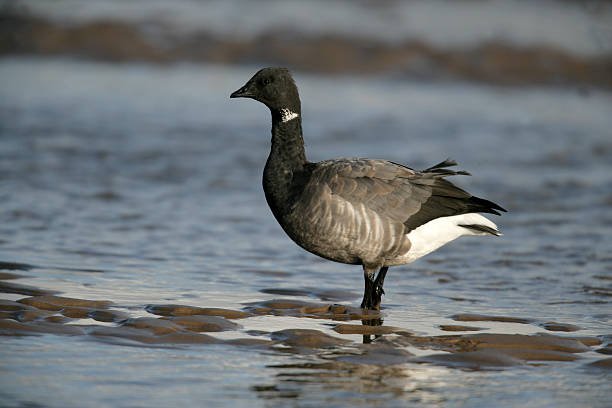
The Brent Goose is a small, dark goose – of similar size to a Mallard. It has a black head and neck and grey-brown back, with either a pale or dark belly, depending on the sub-species. Adults have a small white neck patch. It flies in loose flocks along the coast, rather than in tight […]

The meadow pipit (Anthus pratensis) is a small passerine bird, which breeds in much of the Palearctic, from southeastern Greenland and Iceland east to just east of the Ural Mountains in Russia, and south to central France and Romania; an isolated population also occurs in the Caucasus Mountains. It is migratory over most of its […]
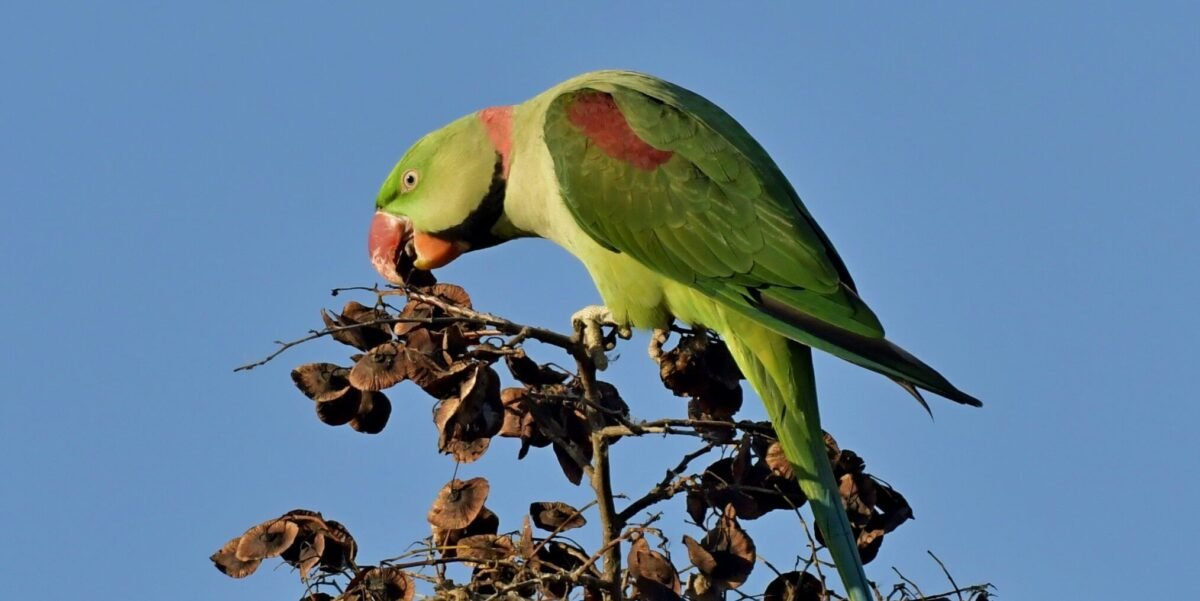
The Alexandrine parakeet (Psittacula eupatria), also known as the Alexandrine parrot, is a medium-sized parrot in the genus Psittacula of the family Psittaculidae, native to South Asia and Southeast Asia. It is named after Alexander the Great, who transported numerous birds from Punjab to various European and Mediterranean countries and...

The pine bunting (Emberiza leucocephalos) is a passerine bird in the bunting family Emberizidae, a group most modern authors now separate from the finches, Fringillidae. It lives in Eurosiberia east of the Urals. The pine bunting is a robust 16–17.5-centimetre bird, with a thick seed-eater’s bill. The male has a white crown and cheeks,...

Radde’s warbler (Phylloscopus schwarzi) is a leaf warbler which breeds in Siberia. This warbler is strongly migratory and winters in Southeast Asia. The genus name Phylloscopus is from Ancient Greek phullon, “leaf”, and skopos, “seeker” (from skopeo, “to watch”). The specific schwarzi commemorates...

The ovenbird (Seiurus aurocapilla) is a small songbird of the New World warbler family (Parulidae). They tend to be heavier in winter and particularly at the start of their migration.They have olive-brown upperparts and white underparts heavily streaked with black; the flanks have an olive hue. A white ring surrounds the eyes, and a black...

The little bunting (Emberiza pusilla) is a passerine bird belonging to the bunting family (Emberizidae). TaxonomyFirst described by Peter Simon Pallas in 1776, the little bunting is a monotypic species, with no geographical variation across its extensive Palearctic range. The genus name Emberiza is from Old German Embritz, a bunting. The...

The olive-tree warbler (Hippolais olivetorum) is an Old World warbler in the tree warbler genus Hippolais. It breeds in southeast Europe and the Near East. It is migratory, wintering in eastern and southern Africa, from Kenya south to South Africa. This small passerine bird is a species found in open-canopy oakwoods, olive groves, orchards and...

The Eastern Bonelli’s warbler (Phylloscopus orientalis), sometimes known as Balkan warbler, is a “warbler” in the leaf warbler genus Phylloscopus. It was formerly regarded as the eastern subspecies of a wider “Bonelli’s warbler” species, but as a result of modern taxonomic developments, they are now usually...

The eastern subalpine warbler (Curruca cantillans) is a small typical warbler which breeds in the southernmost areas of Europe. It was first described by the German naturalist Peter Simon Pallas in 1764 and given the binomial name Motacilla cantillans. The specific cantillans is Latin for “warbling” from canere, “to...

The eastern Orphean warbler (Curruca crassirostris) is a typical warbler of the genus Curruca. This species occurs in summer around the Mediterranean, through the Balkans via Turkey, the Caucasus and surrounding regions to Central Asia. It is migratory, wintering in sub-Saharan Africa. At 15–16 cm length—somewhat larger than a blackcap—this is...
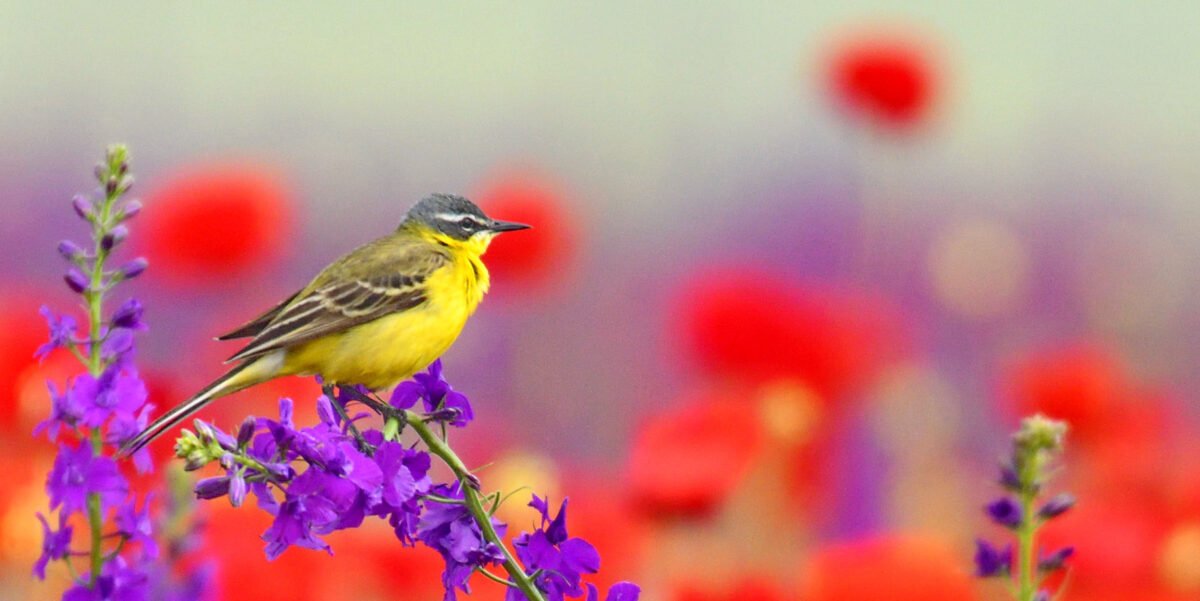
The Yellow Wagtail, Motacilla flava, is a small passerine in the wagtail family Motacillidae, which also includes the pipits and longclaws. Vagrant individuals occur around the winter quarters at migration time. For example, on Palau in Micronesia migrant flocks of this species – apparently of the Bering Sea Yellow Wagtail, and including many...

spoonbill, any member of six species of long-legged wading birds that constitute the subfamily Plataleinae of the family Threskiornithidae (order Ciconiiformes), which also includes the ibises. Spoonbills are found in estuaries, saltwater bayous, and lakes. They feed by sweeping the long bill from side to side in the mud or shallow water and...
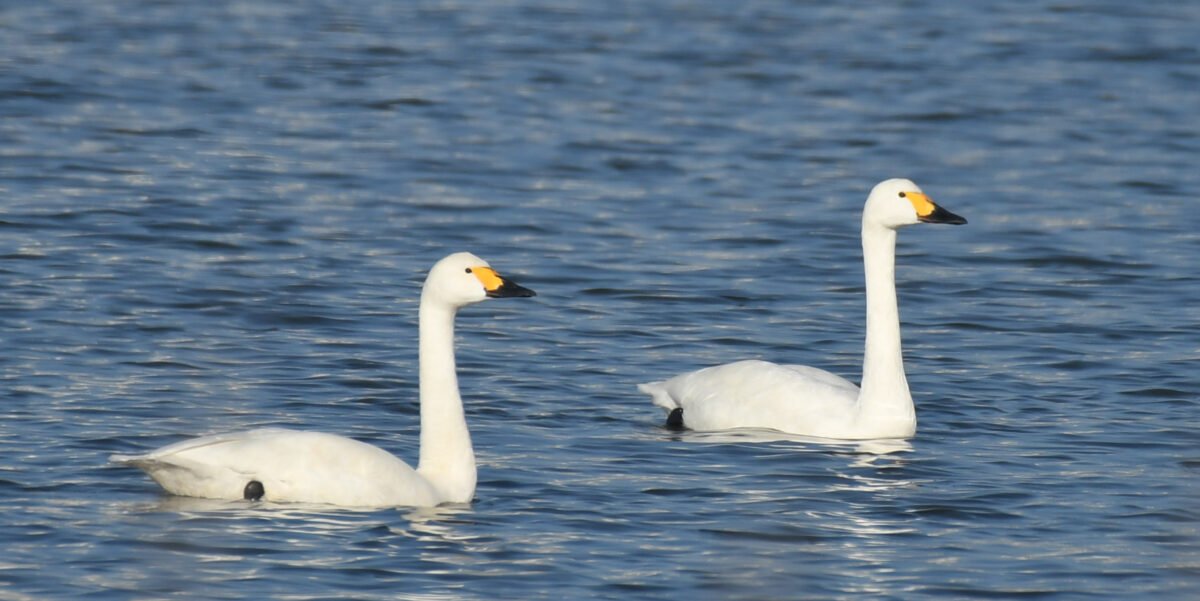
Placed by some in genus Olor with C. buccinator and C. cygnus. Subspecies bewickii has been regarded as a full species, but morphologically it is distinguished only by the yellow on the bill (which may, however, be variable) and possibly slightly smaller size. Population of NE Asia has been assigned a separate subspecies jankowskyi, though...

The European greenfinch or simply the greenfinch (Chloris chloris) is a small passerine bird in the finch family Fringillidae.The European greenfinch is 15 cm (5.9 in) long with a wingspan of 24.5 to 27.5 cm (9.6 to 10.8 in). It is similar in size and shape to a house sparrow, but is mainly green, with yellow in the wings […]
The bar-headed goose (Anser indicus) is a goose that breeds in Central Asia in colonies of thousands near mountain lakes and winters in South Asia, as far south as peninsular India. It lays three to eight eggs at a time in a ground nest. It is known for the extreme altitudes it reaches when migrating […]
The black-winged kite (Elanus caeruleus), also known as the black-shouldered kite (not to be confused with the closely related Australian species with the same name), is a small diurnal bird of prey in the family Accipitridae best known for its habit of hovering over open grasslands in the manner of the much smaller kestrels. There […]

The red kite (Milvus milvus) is a medium-large bird of prey in the family Accipitridae, which also includes many other diurnal raptors such as eagles, buzzards, and harriers. Two subspecies are recognised: M. m. milvus (Linnaeus, 1758) – Europe and northwest Africa to the Middle East M. m. fasciicauda Hartert, 1914 – Cape Verde Islands […]

The greenish warbler (Phylloscopus trochiloides) is a widespread leaf warbler with a breeding range in northeastern Europe, and temperate to subtropical continental Asia. This warbler is strongly migratory and winters in India. Eastern group: greenish warblers Phylloscopus trochiloides trochiloides: greenish warbler Southern rim of the Himalaya...
The greater sand plover (Charadrius leschenaultii) is a small wader in the plover family of birds. The spelling is commonly given as “greater sandplover” or “greater sand-plover”, but the official British Ornithologists’ Union spelling is “Greater Sand Plover”. The genus name Charadrius is a Late Latin...
The yellow-billed loon (Gavia adamsii), also known as the white-billed diver, is the largest member of the loon or diver family. Breeding adults have a black head, white underparts and chequered black-and-white mantle. Non-breeding plumage is drabber with the chin and foreneck white. The main distinguishing feature from great northern loon is...

The Siberian accentor (Prunella montanella) is a small passerine bird that breeds in northern Russia from the Ural Mountains eastwards across Siberia. It is migratory, wintering in Korea and eastern China, with rare occurrences in western Europe and northwestern North America. The Siberian accentor has brown upperparts and wings, with bright...

The dusky warbler (Phylloscopus fuscatus) is a leaf warbler which breeds in the east Palearctic. The genus name Phylloscopus is from Ancient Greek phullon, “leaf”, and skopos, “seeker” (from skopeo, “to watch”). The specific fuscatus is from Latin fuscus “dark”. The nest is built low in a bush,...
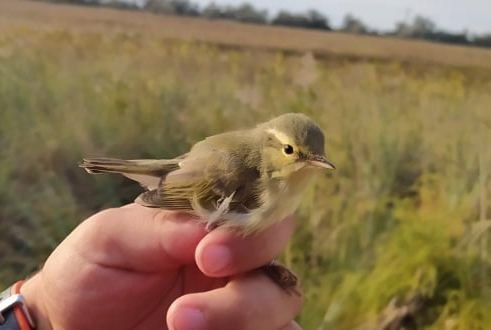
The green warbler (Phylloscopus nitidus), also known as green willow warbler or green leaf warbler, is a leaf warbler found in the Caucasus Mountains in southcentral Europe. Like all leaf warblers, it was formerly placed in the “Old World warbler” assemblage, but now belongs to the new leaf-warbler family Phylloscopidae.The genus...
